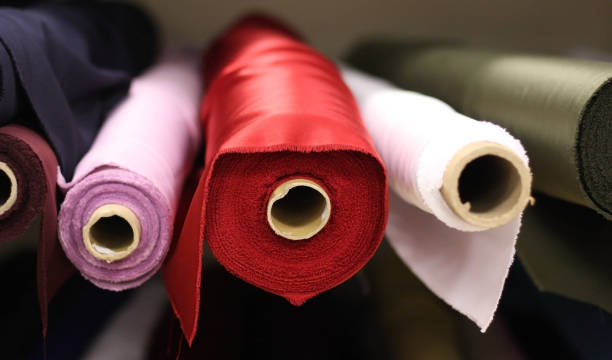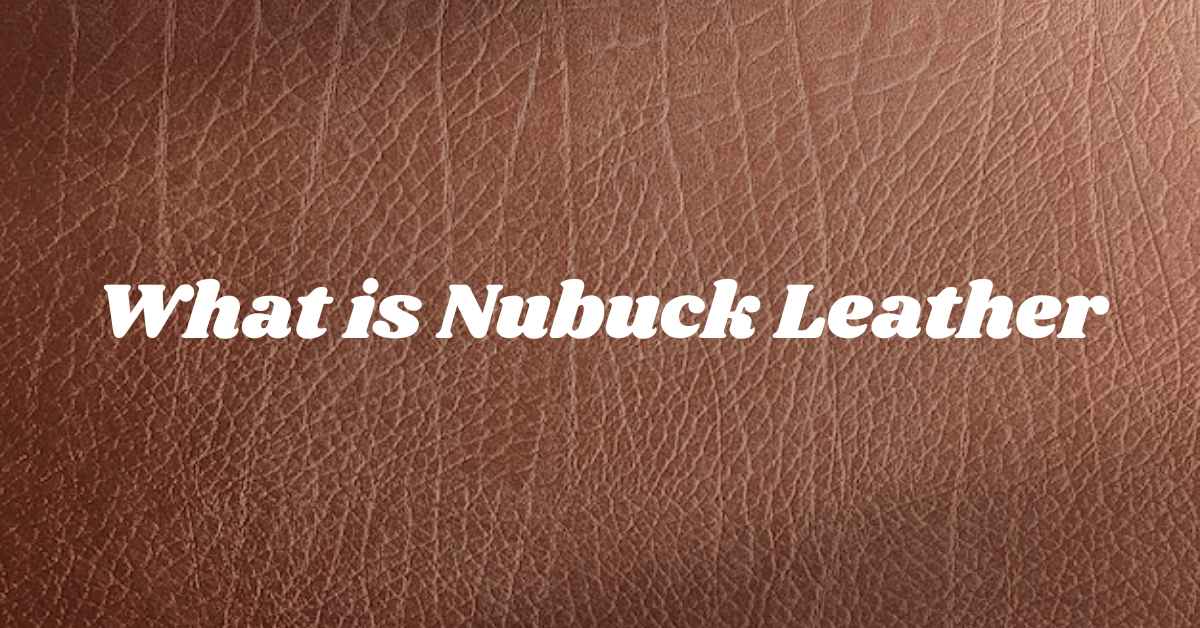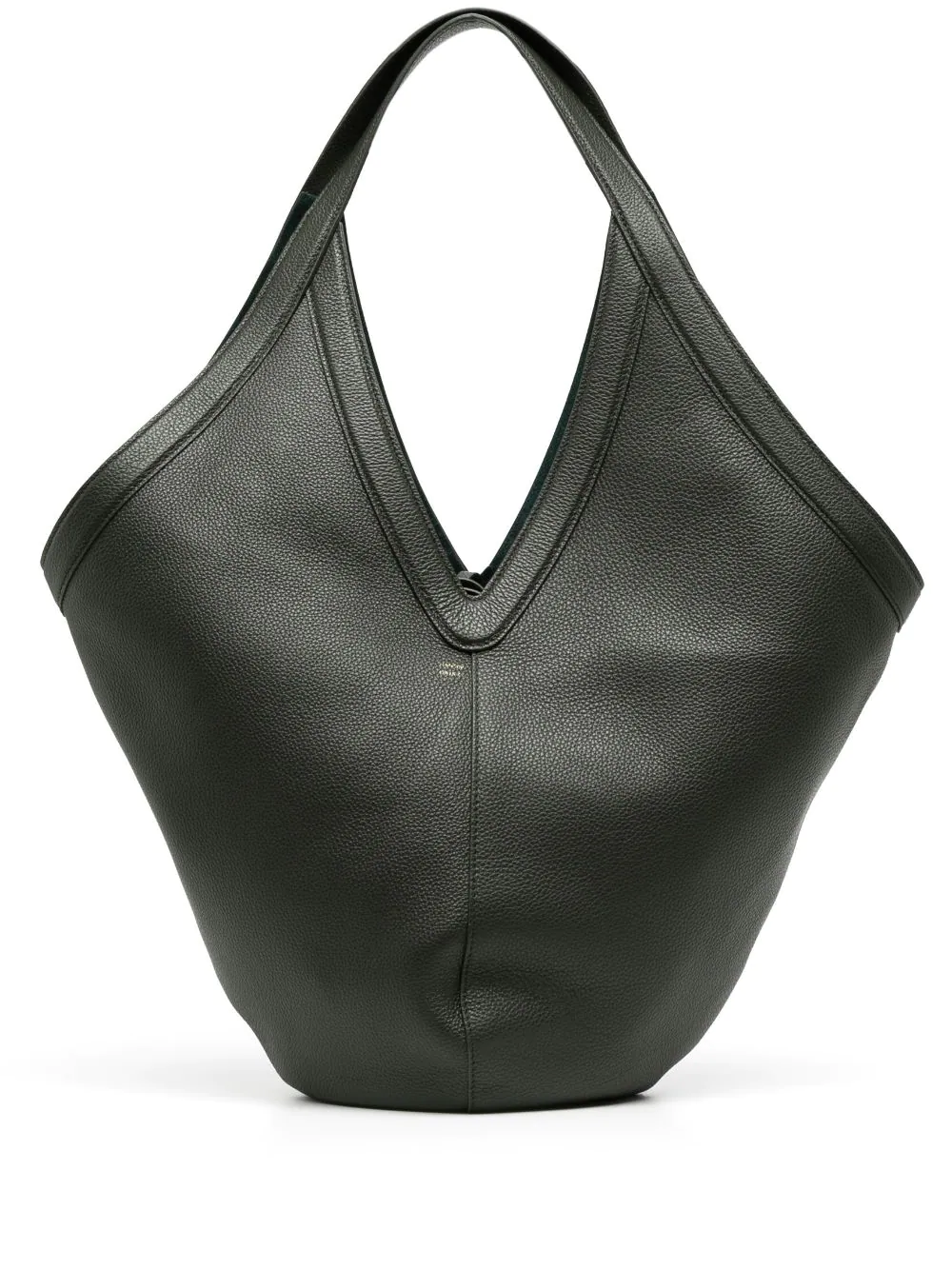The average backpack price ranges from $40 to over $400, depending on factors like material, craftsmanship, brand reputation, and intended functionality.
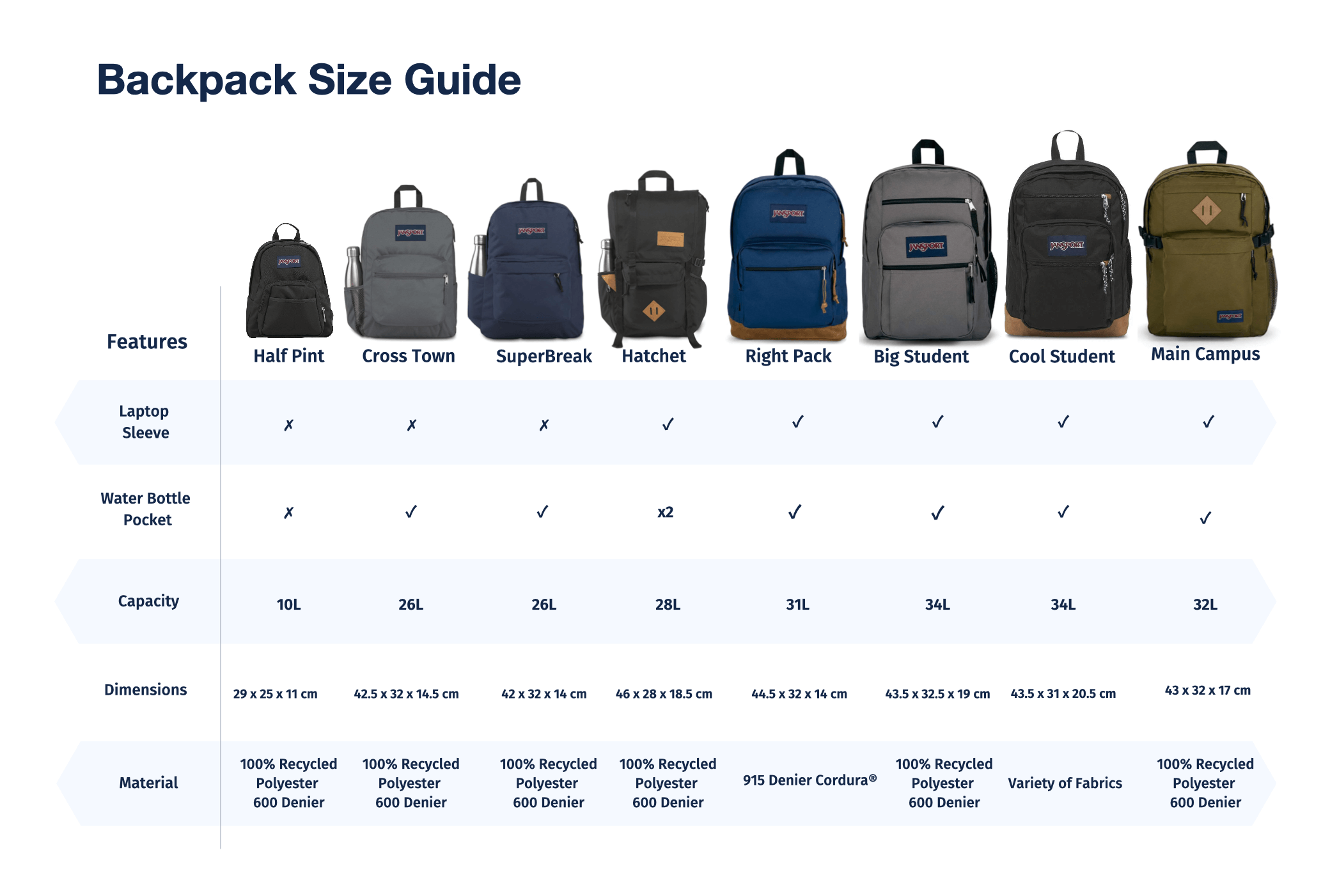
Table of Contents
- Understanding the Backpack Price Spectrum
- What Key Factors Influence Backpack Costs?
- How Much Should You Expect to Pay for a Backpack?
- Why Invest in a High-Quality Leather Backpack?
- Making the Right Choice for Your Needs

What is the Average Price for a Backpack: Key Considerations for Your Brand
Determining a typical cost for a backpack is not straightforward. The price is a reflection of its intended purpose, the quality of its components, and the skill involved in its creation. From a simple school bag to a sophisticated travel companion, the value is tied directly to its material composition and construction. Understanding these nuances helps you recognize what you are paying for and make an informed purchasing decision that aligns with your expectations for durability and style.
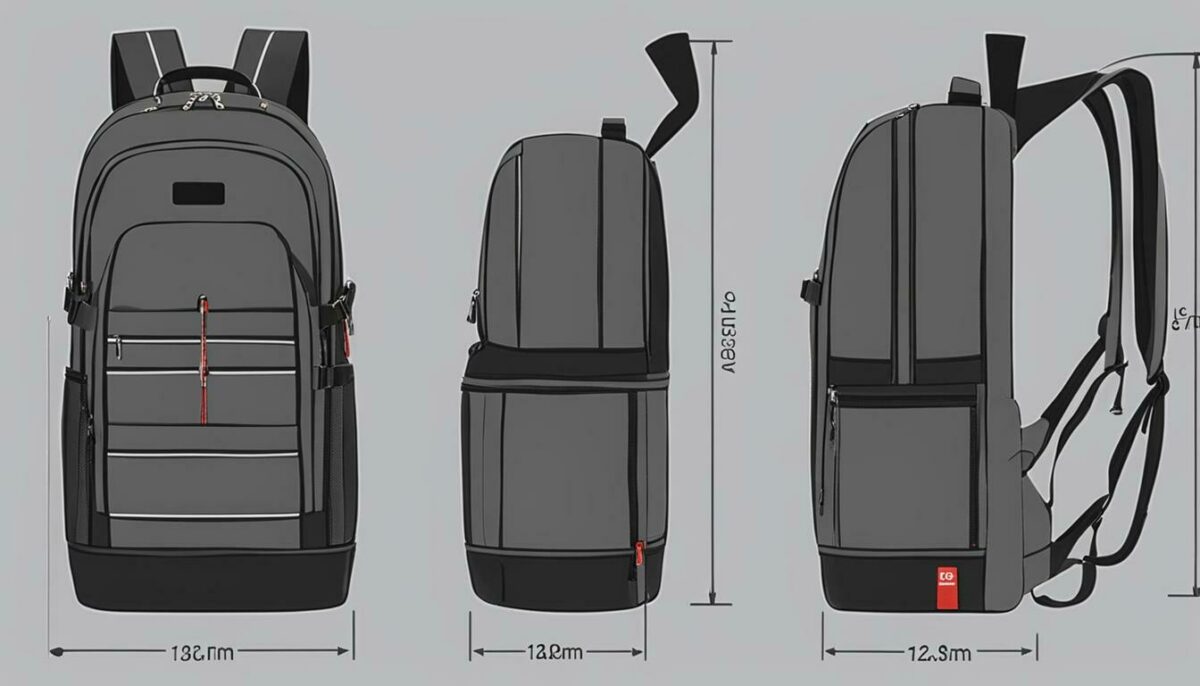
Understanding the Backpack Price Spectrum
The market for backpacks is vast, catering to every possible need and budget. Prices can begin at less than $20 for a basic, mass-produced polyester bag and soar to thousands for a designer piece made from exotic materials. This wide spectrum exists because a “backpack” can be many things: a utility item for carrying books, a technical piece of gear for hiking, or a fashion statement for urban professionals. The “average” price is therefore a misleading metric without context.
A more effective approach is to categorize backpacks into tiers based on their price and the value they offer. These tiers are defined by the materials used, the complexity of the design, and the level of craftsmanship. As you move up in price, you should expect to see significant improvements in durability, comfort, and aesthetic appeal. The true cost is not just the initial purchase price but its longevity and performance over time.
What Key Factors Influence Backpack Costs?
Several core elements combine to determine the final price tag of a backpack. When evaluating different options, considering these factors will illuminate why some bags are significantly more expensive than others and help you identify where the true value lies.
Material Quality: The Foundation of Value
The single most significant cost driver is the material. A backpack’s fabric dictates its durability, weather resistance, weight, and overall look and feel. Common synthetic materials like polyester and nylon are inexpensive and versatile, making them prevalent in budget-friendly options. Higher-end synthetics like Cordura® or ballistic nylon offer superior abrasion and tear resistance, increasing the cost.
Natural materials such as canvas can be durable, but premium materials like full-grain leather represent the pinnacle of quality. Unlike cheaper “genuine leather” or PU leather, full-grain leather is the strongest and most durable part of the hide, developing a rich patina over time. The cost of sourcing, tanning, and crafting with such high-quality leather is substantial, placing these backpacks in a premium category.
Craftsmanship and Construction
How a backpack is put together is as important as what it is made from. Mass-produced bags often rely on automated processes with single-stitching and lower-quality thread, which can lead to premature failure at stress points. In contrast, premium backpacks feature meticulous construction details that justify their higher price.
Look for signs of superior craftsmanship, such as double-stitching or bar-tacking at high-stress areas like shoulder strap attachments. The quality of the hardware—zippers, buckles, and clasps—also plays a crucial role. For example, using solid brass or stainless steel hardware instead of plastic or zinc alloy significantly enhances longevity and adds to the cost. Hand-finished details and careful quality control are hallmarks of a well-made bag.
Brand Reputation and Design
Established brands with a reputation for quality and durability can command higher prices. This premium is often earned through years of positive customer experiences, strong warranties, and a commitment to high standards. Consumers are often willing to pay more for the peace of mind that comes with a trusted name.
Furthermore, the design itself has value. A thoughtfully designed backpack with an ergonomic fit, intuitive organization, and a timeless aesthetic is the result of extensive research and development. Unique, proprietary designs and a strong brand identity contribute to the overall cost, distinguishing a bag from generic, mass-market alternatives.
Features and Functionality
The more specialized the features, the higher the price. A simple sack with straps will naturally cost less than a bag packed with functional elements. Common features that add to the cost include:
- Padded laptop and tablet sleeves.
- Waterproof zippers or rain covers.
- Anti-theft mechanisms like hidden pockets or slash-proof fabric.
- Specialized organizational compartments.
- Ergonomic back panels and ventilated shoulder straps.
Each additional feature requires more material, more complex construction, and more labor, all of which are factored into the final price.
How Much Should You Expect to Pay for a Backpack?
To provide a clearer picture, we can break down the backpack market into distinct price tiers. This framework helps set realistic expectations for what you can get for your money.
| Price Tier | Price Range | Common Materials | Best For |
|---|---|---|---|
| Budget-Friendly | Under $50 | Basic Polyester, Thin Nylon | Light, infrequent use; students; basic needs. |
| Mid-Range | $50 – $150 | Durable Nylon, Canvas, PU Leather | Daily commuting, regular travel, enhanced durability. |
| Premium | $150 – $400 | Full-Grain Leather, Cordura®, Waxed Canvas | Professionals, style-conscious users, long-term investment. |
| Luxury | $400+ | Designer-brand Leather, Exotic Materials | High-fashion, brand statement, specialized collections. |
The Budget-Friendly Tier (Under $50)
Backpacks in this range are designed for basic functionality and affordability. They are typically made from lightweight polyester and feature simple designs with minimal organizational features. While suitable for light use, they often lack durability, with zippers and seams being common points of failure.
The Mid-Range Tier ($50 – $150)
This is a popular category that offers a good balance of price and performance. You will find bags made from more robust materials like high-denier nylon and heavy canvas. They often include practical features like laptop compartments, better padding, and more pockets. These backpacks are reliable choices for daily commuters, travelers, and anyone needing a durable, functional bag without moving into premium materials.
The Premium Tier ($150 – $400)
This tier is where you begin to see a focus on superior materials and exceptional craftsmanship. Backpacks in this price range are built as long-term investments. They prominently feature materials like full-grain leather and heavy-duty waxed canvas, paired with solid metal hardware. The construction is meticulous, with reinforced stitching and attention to detail. These bags, such as the handsome and durable designs from Beldtura Leather, offer a sophisticated aesthetic suitable for professional environments while being built to withstand years of use. They are for individuals who value longevity, timeless style, and the character that develops with age.
The Luxury Tier ($400+)
At this level, price is driven primarily by designer branding, exclusivity, and high-fashion aesthetics. While the materials and craftsmanship are generally excellent, a significant portion of the cost is attributed to the brand name itself. These backpacks are statements of personal style and status.
Why Invest in a High-Quality Leather Backpack?
Choosing a premium leather backpack is about more than just its function; it is an investment in a piece that lasts a lifetime. Unlike synthetic materials that wear out, full-grain leather develops a unique patina, telling the story of its journey with you. This graceful aging process ensures your bag only looks better over time.
The durability of a well-made leather bag is unmatched. At Beldtura Leather, our backpacks are crafted from the finest full-grain leather and assembled with techniques designed for maximum longevity. This means fewer replacements and less waste over time, making it a more sustainable choice. The timeless design of a classic leather backpack transcends fleeting trends, ensuring it remains a stylish and appropriate accessory for business meetings, weekend travel, and daily use for years to come. The initial cost reflects a commitment to quality that pays dividends in performance and elegance.
Making the Right Choice for Your Needs
Ultimately, the right backpack is one that meets your functional needs, fits your personal style, and aligns with your budget. When assessing the price, look beyond the tag and consider the underlying factors of material, construction, and design. A cheaper bag might save you money upfront, but a well-crafted backpack made from premium materials offers superior longevity, performance, and satisfaction.
By understanding what drives the cost of a backpack, you can better appreciate the value of a high-quality product. A great backpack is a reliable companion, and choosing one built with care and superior materials ensures it will serve you well on all your adventures.

